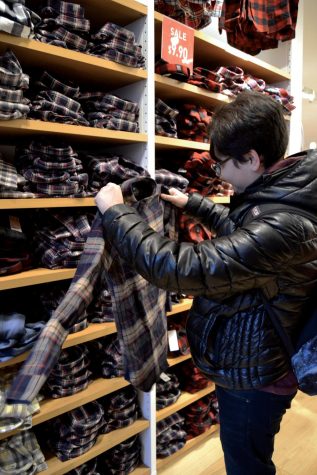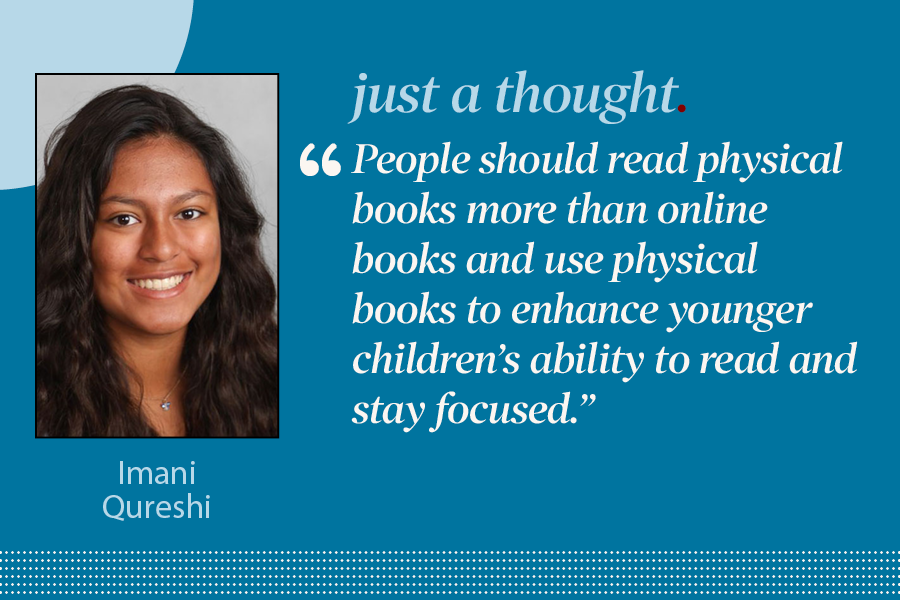Gender freedom
Clothing stores begin to recognize consumer preference
February 8, 2018
You step into an Abercrombie & Fitch, a Target or an H&M, and scan the displays. Fuzzy hoodies, bootcut jeans in assorted washes, and crisply folded henley shirts are arranged on the shelves. As you lean in to look more closely at the labels, you discover that the bright stacks are organized only by body type and shape, with traditional “Men’s” and “Women’s” labels conspicuously absent.
Retailers large and small have begun to embrace gender-neutral fashion, removing gendered labels on select collections. Within the last six months, Target and Abercrombie & Fitch have both rolled out gender-neutral kids clothing lines. The Phluid Project, a startup in New York City, plans to take a more community-oriented approach to unisex fashion when it opens in March, touting on its website that it will provide “a gender-free shopping experience.”
According to Allison Leahy, who teaches courses in Fashion Business at Columbia College Chicago, gender lines are beginning to blur in fashion design because consumers do not want to be told what women or men should wear. They want the freedom to choose their style.

FLANNEL FASHION. Senior Eva Griffin-Stolbach peruses flannel shirts at Uniqlo. Founded in Japan in 1949, the store provides a variety of unisex clothing. Other stores with gender-neutral offerings include H&M, Target and Abercrombie & Fitch.
“I believe companies want to differentiate themselves and capture a niche market of consumers. When I say niche market, I mean they want to go after a market where they see the demand for a product and clearly there is demand for non-gender product,” Ms. Leahy said. “Additionally, from a purely merchandising standpoint, there are advantages to carrying one collection of unisex products versus separate lines for men and women. One key benefit is the brand may carry less inventory and have to manage fewer styles relative to product forecasting, planning and purchasing.”
Eva Griffin-Stolbach, a U-High senior who chooses to dress outside of the gender binary, believes that this burgeoning trend has positive implications for people of any age, but particularly for children.
“Especially for kids’ clothes, it’s awesome that kids who walk into a Target can pick any range of clothes that they want to wear, and I think especially at that age if I had walked into a store and didn’t have the restriction of, ‘These are the girls’ clothes, so these are the clothes I have to wear,’ it would have been great,” Eva said. “And for a lot of adults, who don’t necessarily wear the clothes associated with their sex assigned at birth, it can be hard to find clothes that fit your body type. But if this catches on, you’ll be able to find clothes that fit you, and everyone wants to wear things that fit them great.”
Junior Zoe Dervin, who describes her style as “classy tomboy,” similarly celebrates the opportunity to have more comfortable clothing options available, both in style and fit.
“Sometimes, the clothes you like to wear aren’t made to fit your body, so they can look kind of strange,” Zoe said. “So I appreciate gender-neutral clothes becoming more mainstream, because you can dress how you want to dress, and it looks better on you. It’s a nice gesture to be able to wear clothes that you’re comfortable in, and that are made for you.”






























































